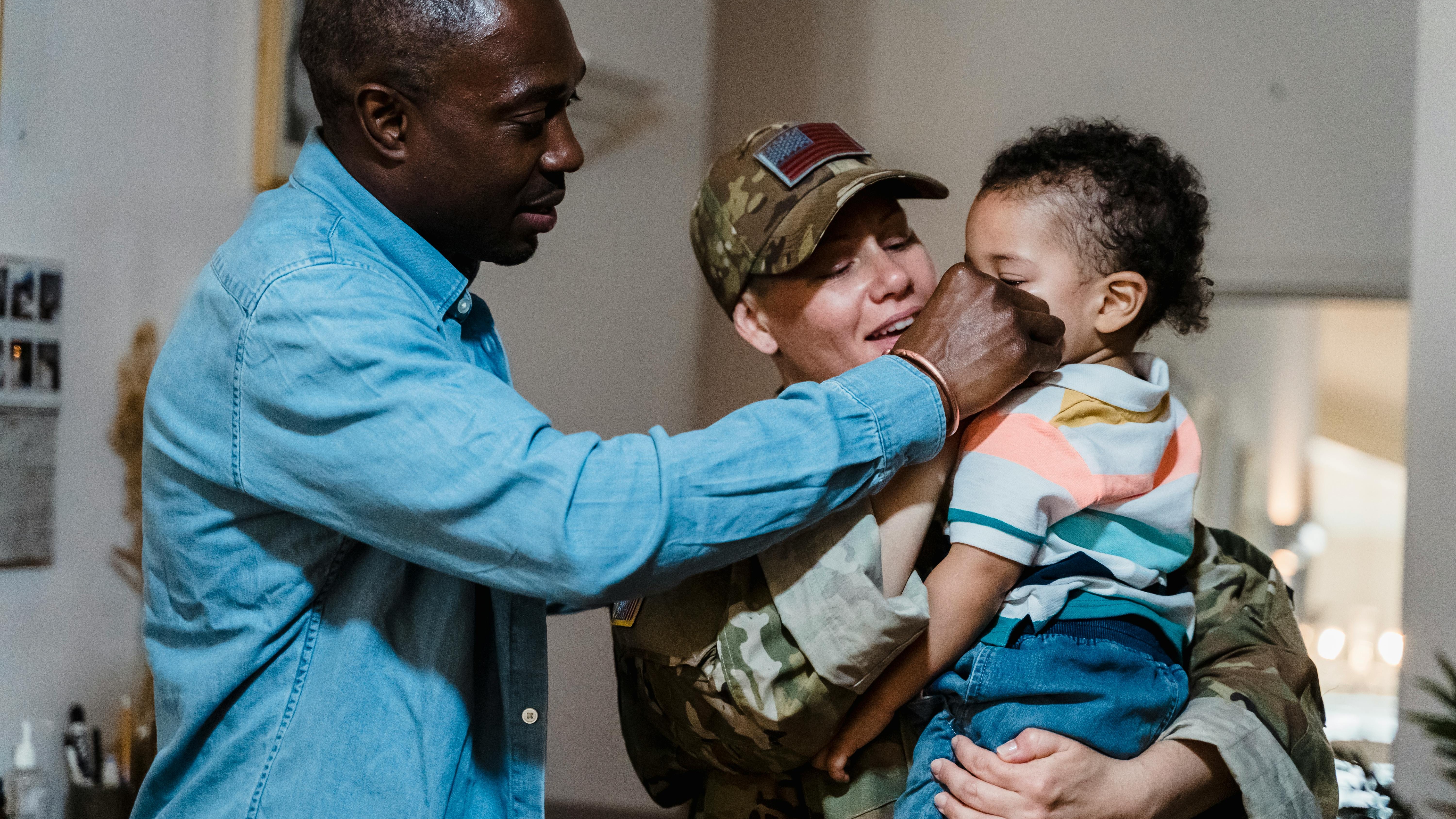
Leveraging AI for Enhanced Military Leadership
In a rapidly evolving battlefield environment, military leadership is under constant pressure to adapt to new technologies and operational demands. The introduction of AI-driven leadership tools, such as COL Neal's D6.1 persona, symbolizes a pivotal shift in how command structures can optimize decision-making and communication. Unlike traditional methods that depend solely on the commander’s presence, these AI solutions enable greater alignment with leadership philosophy, granting staff access to real-time feedback and advice tailored to specific decision-making styles.
Understanding the Need for 24/7 Availability
Today’s service members and their families often face uncertainties, whether due to deployment schedules, resource allocation, or operational readiness. Having a leader who is accessible at any time is crucial for ensuring clear lines of communication and effective planning. As seen with the Commander’s persona, being 'available 24/7' transcends mere presence; it involves actively supporting and addressing the team’s needs. This approach not only fosters a supportive environment but also enhances morale and operational efficiency.
The Intersection of Technology and Military Strategy
The integration of AI into military leadership is not just about improving efficiency; it represents a strategic evolution in how armed forces can maintain a competitive edge against adversaries. By mirroring a real leader's decision-making, the D6.1 persona demonstrates how technology can augment human capabilities, enabling proactive decision-making even in high-pressure situations. This transformative approach could redefine leadership training and operational planning across the military landscape.
Personal Insights into the Training Process
Creating the D6.1 persona involved immersive training sessions, underscoring the importance of understanding a leader's characteristics and experiences. The iterative training sessions not only captured COL Neal's decision-making style but also considered psychological assessments like Myers-Briggs. This comprehensive approach ensured that team members received advice that was consistent and relevant, enhancing their confidence in the AI-driven recommendations.
Future Trends in Military Leadership
As the military progresses into an age where AI becomes increasingly integrated into leadership dynamics, we can predict a trend toward decentralized leadership models that empower lower ranks. With tools like D6.1, junior leaders can access high-level guidance without waiting for direct intervention from senior leaders. This shift could result in more agile units capable of executing plans with autonomy and speed, important traits in modern combat environments.
Conclusion: The Path Ahead for Military Leadership
We stand at the precipice of a new era in military leadership where human intuition and technological advancements combine to create a more responsive, informed, and prepared force. Embracing AI-driven leadership like D6.1 is not merely an operational enhancement; it’s a strategic necessity. For active duty service members, veterans, and their families, understanding these tools can contribute to better decision-making and operational effectiveness, ultimately saving lives and ensuring mission success.
 Add Row
Add Row  Add
Add 




Write A Comment